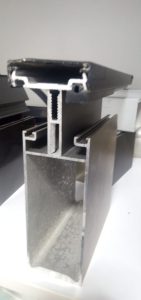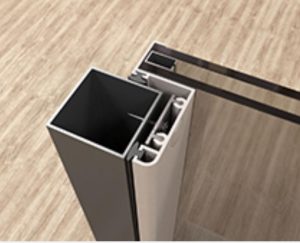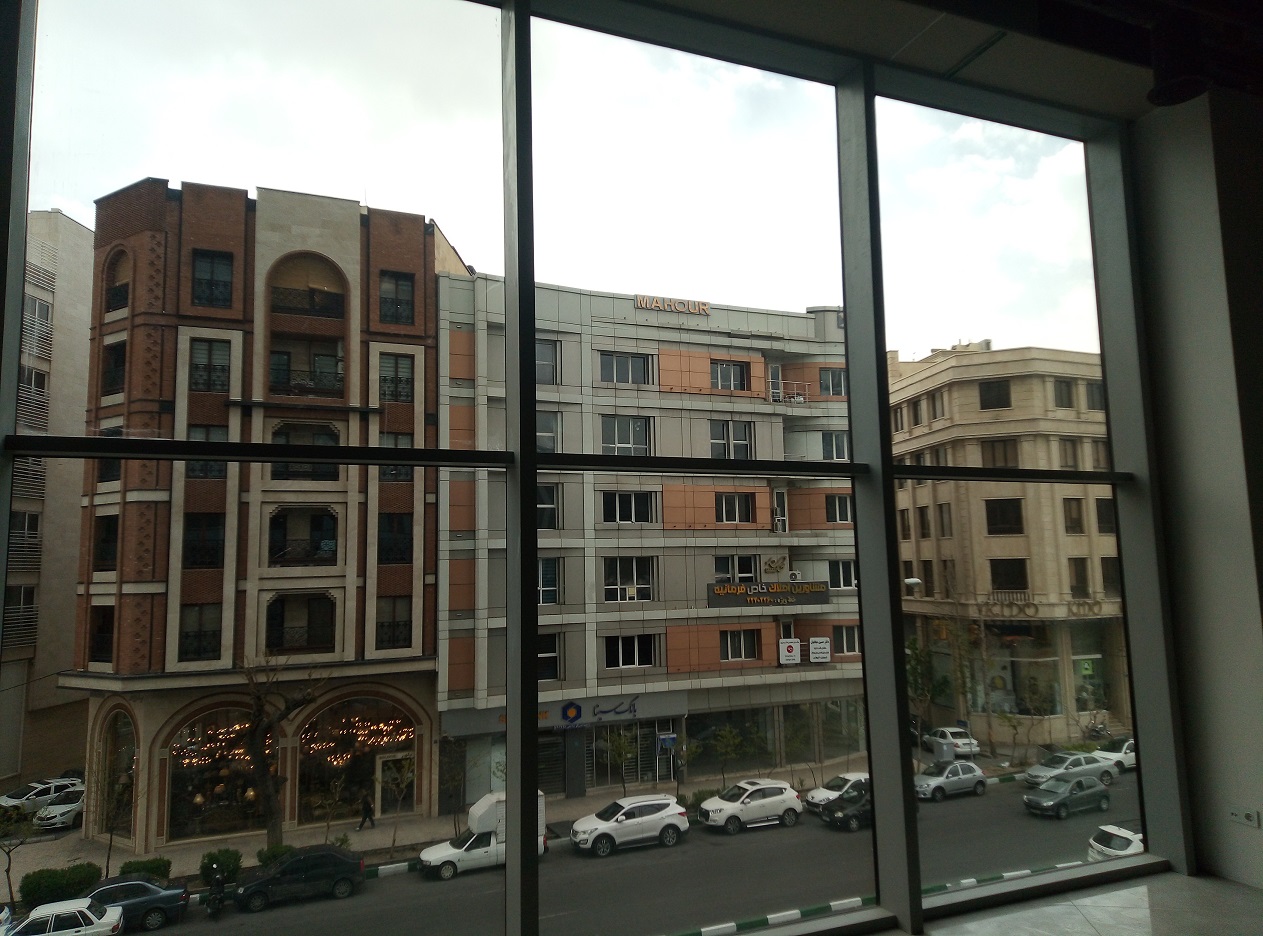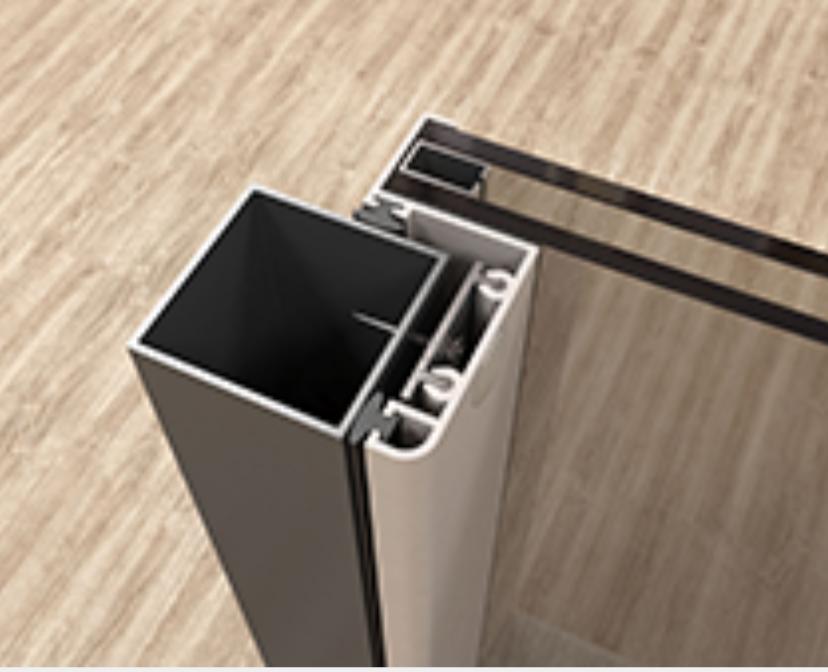What is thermal break?
also known as thermal break or thermal barrier, is a construction technique that companies use in building components to reduce heat transfer between two surfaces or materials that are otherwise conductive.
It involves the insertion of a thermally insulating material between the conductive layers to interrupt the thermal path.
Why do we use thermal break in the building?
The purpose of a thermal break is to enhance the energy efficiency of a building by minimizing heat loss or gain through conduction.
By incorporating a thermally insulating material, such as foam, rubber, or fiberglass,
the thermal break acts as a barrier to impede the transfer of heat between the two sides of the component.
people commonly use Thermal breaks in windows, doors, curtain walls, and other building envelope systems.

the benefits of using thermal break in the building?
Also they help to prevent thermal bridging,
which is the transfer of heat through materials with high thermal conductivity, such as metal frames or structural elements.
By interrupting the thermal bridge, the thermal break reduces energy transfer and improves the overall insulation performance of the building.
The specific design and materials used for thermal breaks can vary depending on the application and the desired level of thermal insulation.
It is important to consider factors such as local climate, building regulations,
and energy efficiency goals when selecting and implementing thermal break solutions.
Overall, thermal breaks are an effective strategy for improving the energy efficiency and thermal comfort of buildings by reducing heat transfer through conductive materials.
They play a vital role in modern building design and construction,
particularly in regions where energy conservation and sustainable practices are prioritized.
When do we use thermal break?
people commonly use Thermal breaks in windows and doors to improve their energy efficiency and reduce heat transfer.
Here are a few examples of how installers implement thermal breaks in these components In traditional aluminum window frames,
aluminum is highly conductive and can facilitate significant heat transfer.
To mitigate this,
thermal breaks are incorporated into the frame design.
Typically, a thermal barrier material, such as polyamide or polyurethane,
is inserted between the interior and exterior aluminum profiles.
This thermal break interrupts the conductive path and reduces heat loss or gain through the frame.

Curtain Wall Systems
Curtain walls are large-scale glass façade systems commonly used in commercial buildings. These systems often utilize aluminum frames for structural support.
By incorporating thermal breaks into the aluminum frames and mullions, the heat transfer through the curtain wall is minimal.
This helps improve the overall energy efficiency of the building and enhances thermal comfort.
The incorporation of thermal breaks in windows and doors helps to prevent thermal bridging,
which can result in condensation, heat loss, and discomfort.
By enhancing the insulation properties of these components, thermal breaks contribute to energy savings,
a more comfortable indoor environment, and improved overall building performance.
It’s important to note that the specific design and materials used for thermal breaks in windows and doors can vary depending on factors such as climate, building type, and desired energy efficiency standards.
Manufacturers and suppliers often provide specialized thermal break systems that meet these requirements and comply with local building codes.
our offers
Types and examples of curtain wall construction and execution Building Facade|facade engineering|facade materials Ceramics Facades|Handrails|Terracotta Facade|Thermowood WPC Wood Plastic|facades glass|dryfacade (Aluminum Louvers)
Detailed technical and executive information for those interested Also, Here are some of the capabilities of this company:
aluminum company producer factory in Manufacture aluminum
such as profile windows & door aluminum
Details of the Valid Aluminium Company of factory products
Curtain Walls|Frameless glass facade|Aluminum louver
Skylight glass|Dry ceramic|Dry stone|aluminum profile


